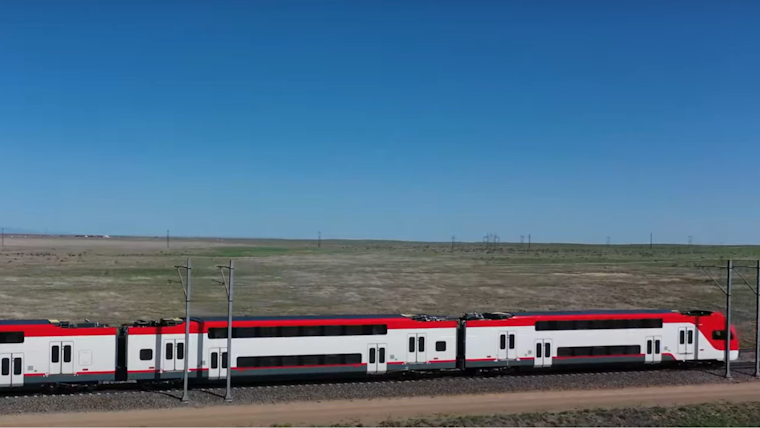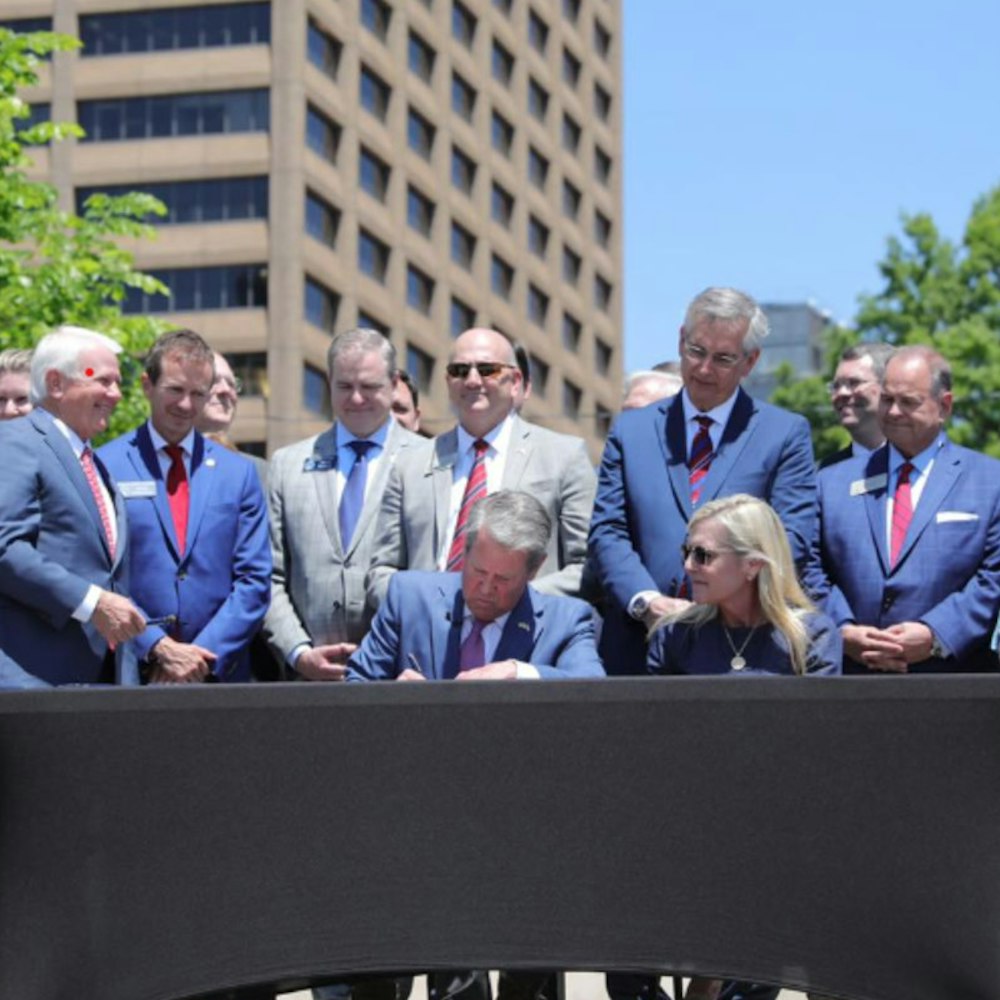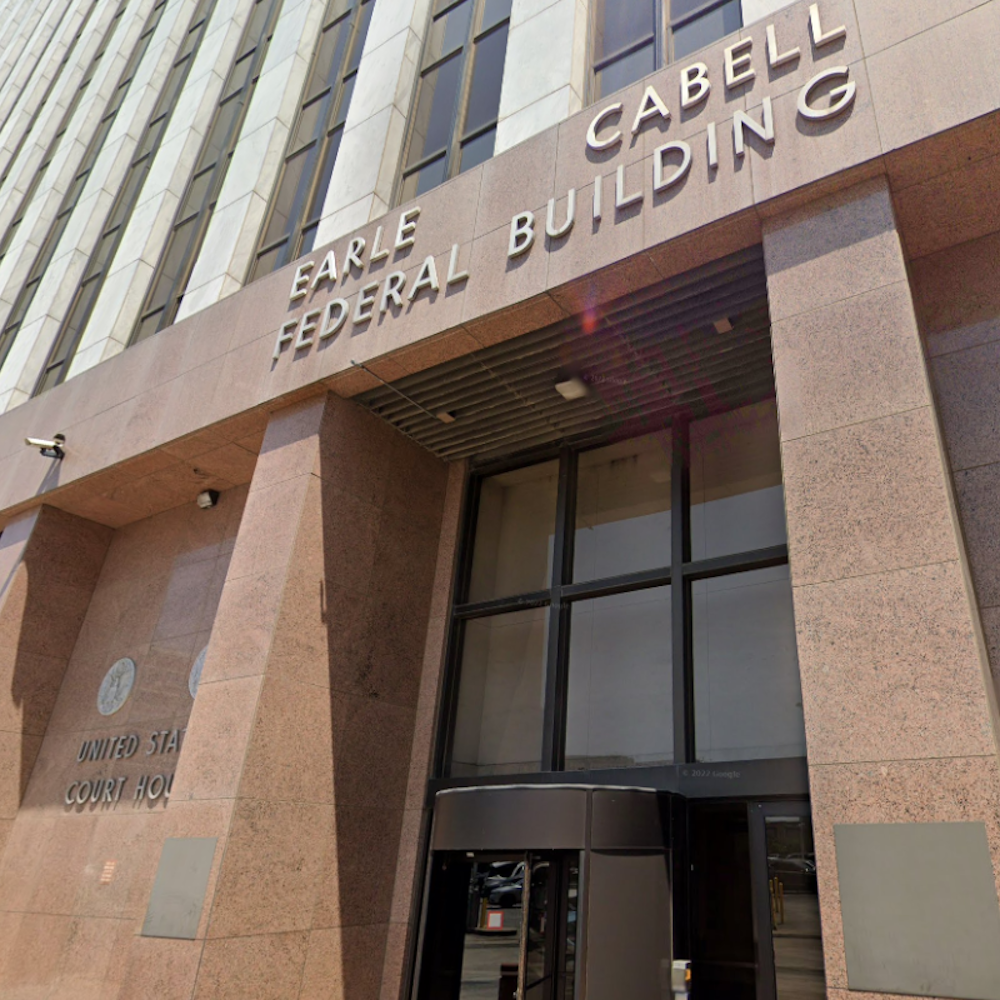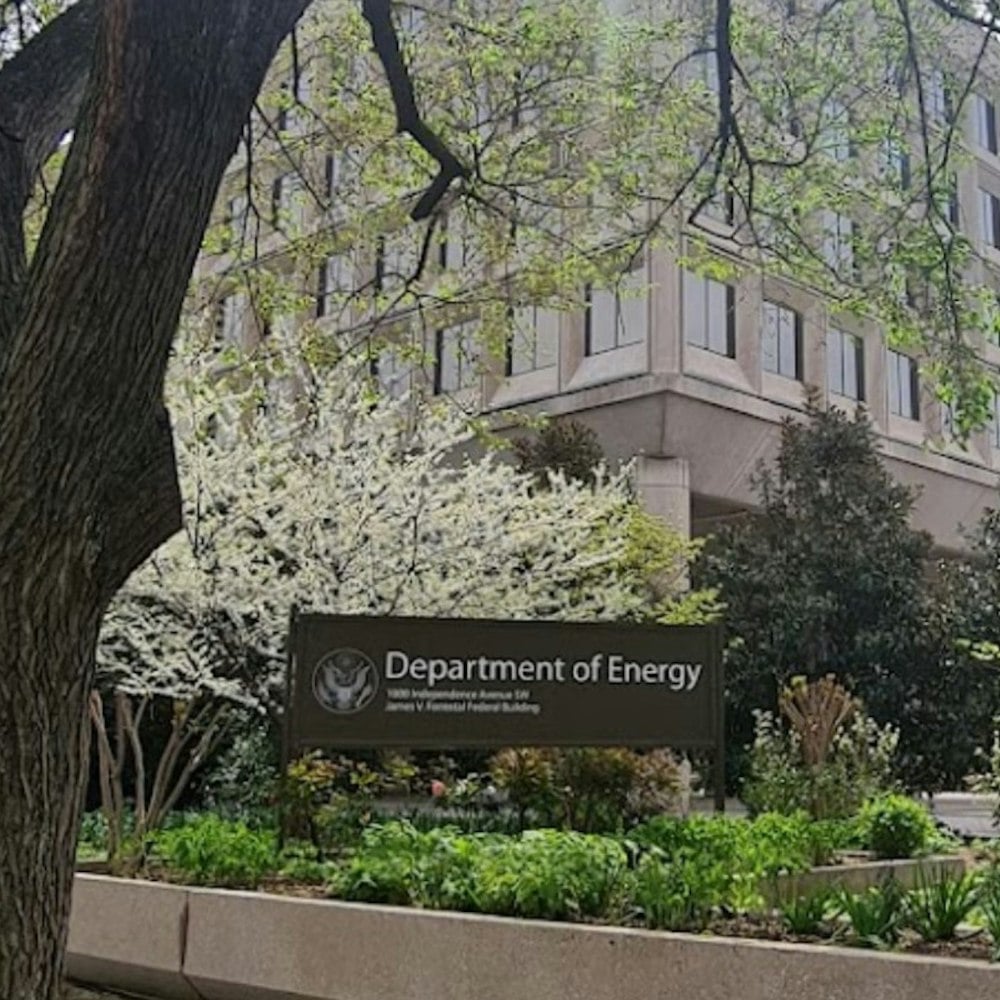
Caltrain rolled out its blueprint for an electrified future this Thursday, promising riders a swift, feature-rich commute in fall 2024. According to Caltrain, passengers can expect to zip between San Francisco and San Jose in less time, with the added perks of on-board Wi-Fi and power outlets, plus more frequent weekend rides.
The upcoming improvements stem from Caltrain's shift to electric trains, which are set to replace the current diesel fleet. "With electrified Caltrain service now less than a year away, it is exciting to see a new schedule in place that will allow riders to get to their destinations quicker and more often,” said Caltrain Board Chair Jeff Gee. The schedule change reflects public feedback gathered through surveys that underscored the clamor for speedier and more frequent service. Trains are slated to run every half hour on weekends, an upgrade from the current hourly service.
During peak weekday hours, commuters will have the option of an express train that'll complete the San Jose to San Francisco stretch under 60 minutes, a notable cut from the current 100-minute local service time. In addition, the plan includes a 20% increase in overall train service, with a 26% jump at stations prioritized for equity.
These advancements aren't just about comfort; they touch on sustainability too. Electrification is expected to slash greenhouse gas emissions equivalent to taking 55,000 cars off the road annually. "Making the switch to electrified service will improve local air quality," Brian Shaw, Caltrain Citizen Advisory Committee Chair, said, excited about the transition to more sustainable commuting alternatives.
Customer satisfaction seems to be riding high with Caltrain, as a recent survey saw nearly 80% of current riders responding positively to their experiences on the train. Moreover, almost 60% of a broader general population survey indicated a preference for Caltrain over driving when convenient. Given these figures, coupled with the anticipated amenities, the electric transition may coax even more commuters onto the rail service.
Local leaders are also lauding the plan. Rosanne Foust, CEO of the San Mateo County Economic Development Association, highlighted the potential positive impact on the regional economy. “Faster and more frequent trains mean easier commutes for employees, and the new on-board amenities like Wi-Fi and electrical outlets will provide another major benefit over driving,” Foust said, as reported by Caltrain.





-3.webp?w=1000&h=1000&fit=crop&crop:edges)



